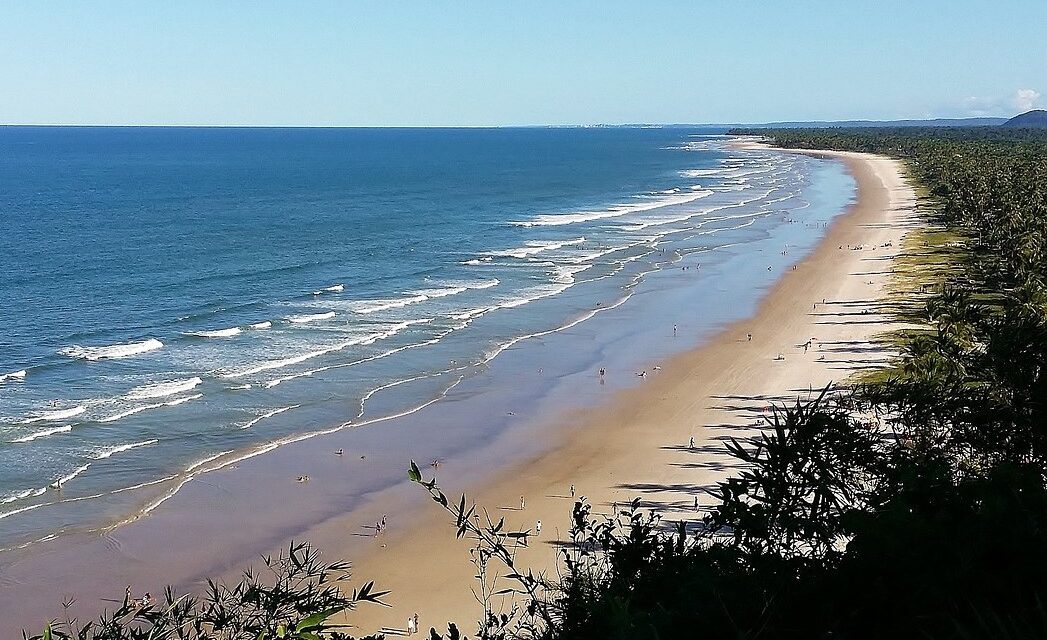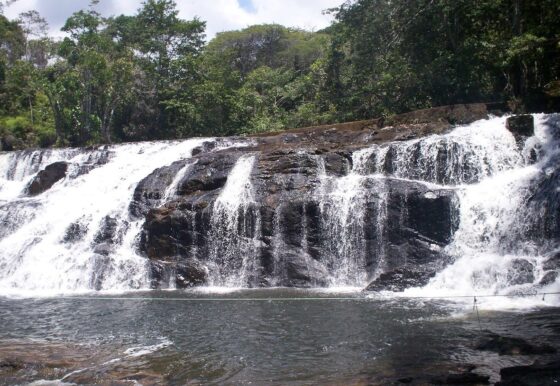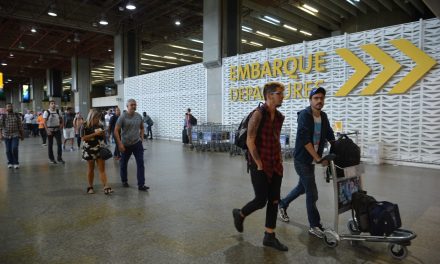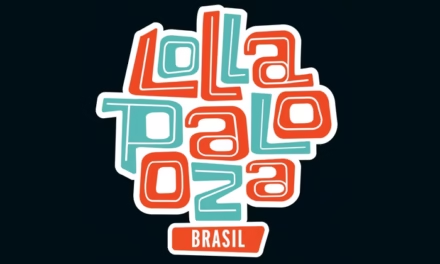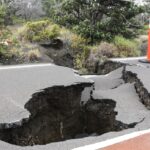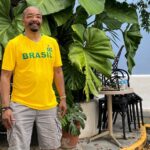By Lindenberg Junior | Translation: Paul Betterman
 The “Brazilian Cocoa Coast” is said to be blessed by God and Nature. It is located in the state of Bahia between the city’s of Itacaré and Ilhéus, approximately 287 miles south of Salvador. The region has a wondrous array of ecological sanctuaries, waterfalls, mangroves, cocoa farms and beaches lined with palm trees. The Atlantic coastal forest is clearly the work of nature, and is in part preserved with the help of the Cocoa culture. Here, it is possible walking on the edge of the forest, next to a river and to the ocean.
The “Brazilian Cocoa Coast” is said to be blessed by God and Nature. It is located in the state of Bahia between the city’s of Itacaré and Ilhéus, approximately 287 miles south of Salvador. The region has a wondrous array of ecological sanctuaries, waterfalls, mangroves, cocoa farms and beaches lined with palm trees. The Atlantic coastal forest is clearly the work of nature, and is in part preserved with the help of the Cocoa culture. Here, it is possible walking on the edge of the forest, next to a river and to the ocean.
The Boa Esperança Forest which means Good Hope, and the Rio do Engenho (Mill River) possesses a variety of plants native to the area. The trees are of great tonnage and well-trodden ecologies. This area is responsible for 90% of Brazil’s cocoa exports, from which chocolate and various other by products are made, from juices and jellies to liquor and butter. The peak of cocoa culture brought about numerous stories of cocoa colonies such as power struggles for land, women and money. These stories are still retold in the Vezuvio’s Bar in Ilhéus.
A perfect city for nature lovers! It is protected by a big belt of the Atlantic forest and has 28 streams flowing into the Atlantic Ocean – a common attraction among the beaches is the presence of fresh water in the form of natural pools and waterfalls. Itacare has approximately 20,000 inhabitants, having as natural scenery an ecological reserve that includes, virgin forests, sandbanks and mangroves. The coastal highway, route BA-100, connects Itacaré and Ilheus and is considered the ideal ecological highway of Brazil.
- Olivença
Olivenca is best known for the hydro-mineral springs pools of medicinal water, and is the only one on the edge of the ocean in Brazil. The hot springs are fountains of natural medicine, which revitalize the body; moisturize, invigorate and rejuvenate the skin, and give a natural tan. It is highly recommended for skin problems. These mineral waters contain iron, salt, magnesium, iodine, bicarbonate, and levels of radioactivity from sugar cane found in the Atlantic forest, only comparable to the Vicky mineral water in France. A surfer’s paradise, Olivença possesses beaches such as Batuba and Backdoor, that during the summer months of December, January, and February host sport tournaments, Afro-Brazilian dance lessons and Axe music concerts.
- Una/Ilha de Comandatuba
Sheltering the Biological Reserve of Una is the conservation unit of integral protection administered by the Federal Government. Scientists and environmentalists consider Una one of the most important areas in the planet for environmental conservation, due to the large number of animal species and vegetation’s. Recently, an eco-tour park was inaugurated, at the edges of Rio Maruim, emblem of the Biological Reserve. Its main attraction is a walkway on the treetop, extending 820 feet.
For the more curious tourists, a visit to the cocoa farms is a must. But, also they can include the rubber, palm oil, malagueta pepper, carnation and banana plantations. The other peculiarity about Una is its strong cultural tradition represented by such ceremonial gathering as the “Cordão de Caboclos,” which means the string of civilized pure blooded Indians. This is a mixture of the Afro-Brazilian Candomble with indigenous dances.
- Surf and Fishing
 In Itacarezinho (or little Itacaré) the EcoSurf championship takes place in various times of the year. Its geographic position precipitate the formation of great and good quality waves (biggest waves in Bahia), with the remarkable “swells.” In “Backdoor” (Olivença), you will find point break considered one of the longest straight-runs and the preferred peak in the area. It ranges high among Brazilian famous surfers such as two time Brazilian champion, Jojó de Olivença.
In Itacarezinho (or little Itacaré) the EcoSurf championship takes place in various times of the year. Its geographic position precipitate the formation of great and good quality waves (biggest waves in Bahia), with the remarkable “swells.” In “Backdoor” (Olivença), you will find point break considered one of the longest straight-runs and the preferred peak in the area. It ranges high among Brazilian famous surfers such as two time Brazilian champion, Jojó de Olivença.
- Canavieiras
Canavieiras (south of Ilheus) is known as the biggest fishing ground for consumable fish in Brazil. The coast is also the largest nursery of blue Marlin in the world, attracting sports fishermen around the globe to Canavieiras. Fishing is also an important activity in Itacaré – in the Pardo River, Comandatuba – for ocean and river fishing, and in Ilhéus – at Lagoa Encantada (Enchanted Lake) and Itaipe River.
* For airline tickets from the U.S to Brazil or Latin America, customized travel packages, hotels and cruises, please visit our travel agent page or contact Magali Da Silva by phone or whatsapp: 1 (323) 428-1963.

